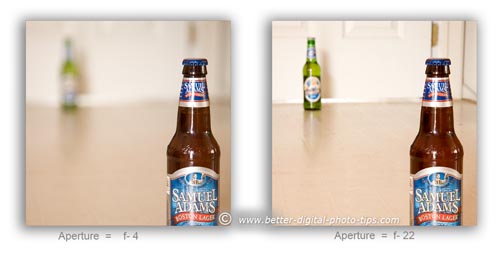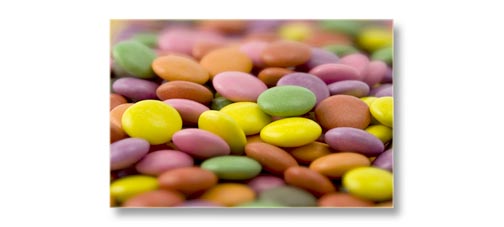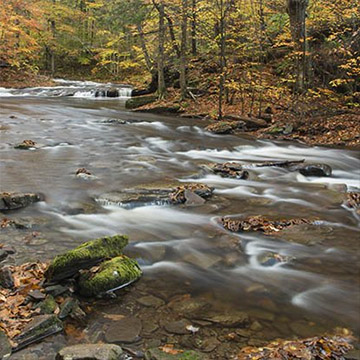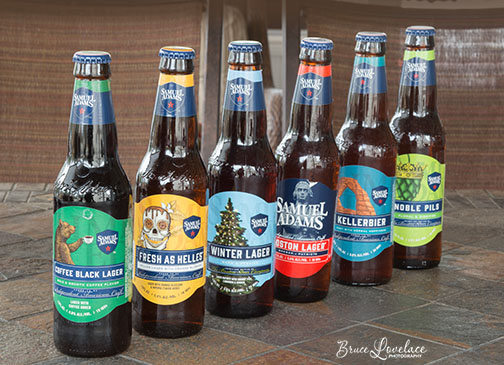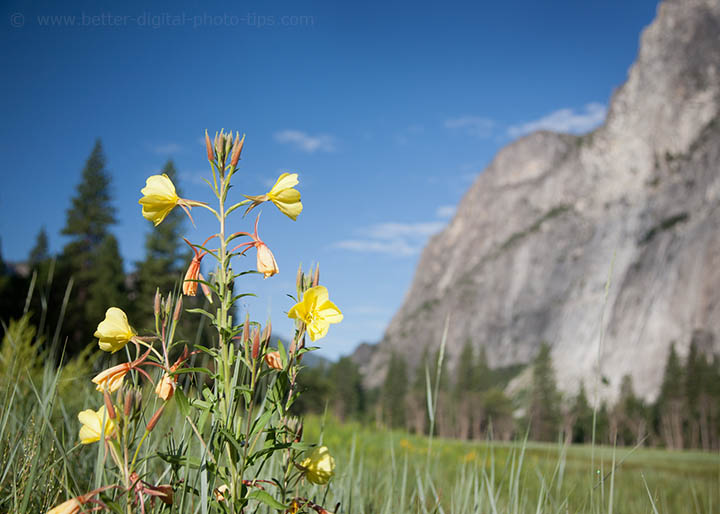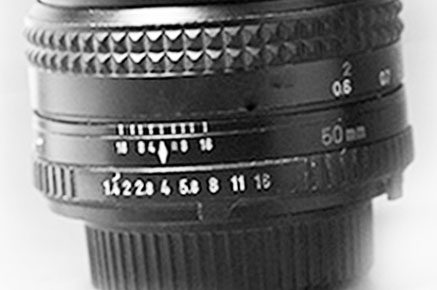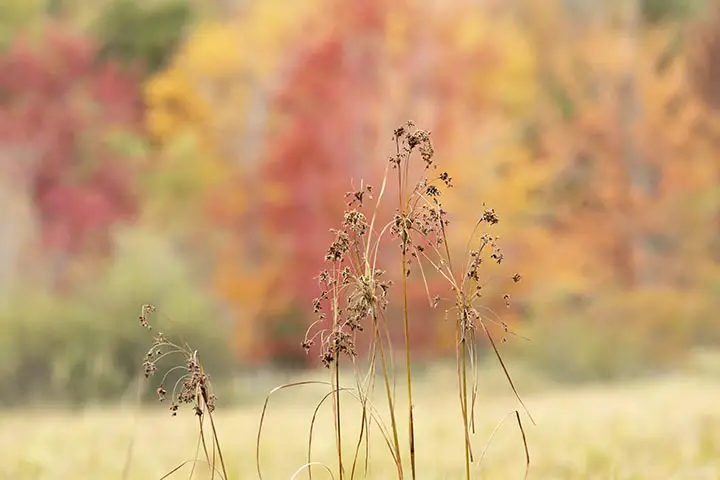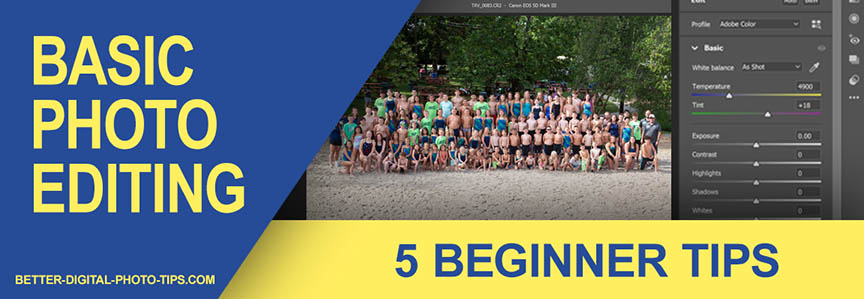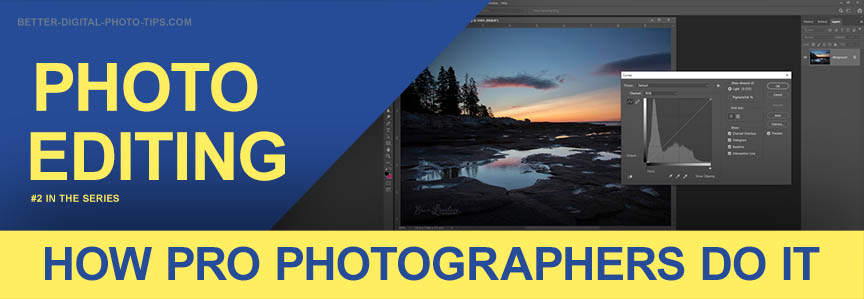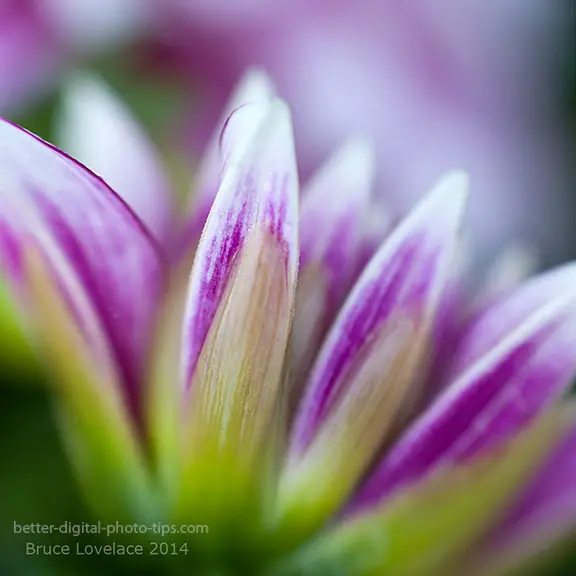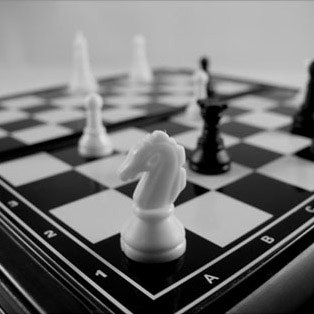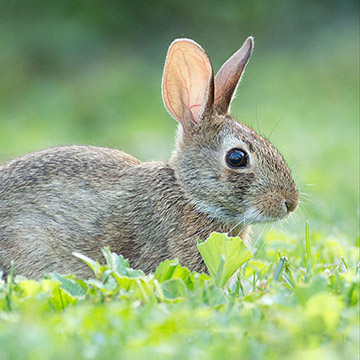HOW TO POSTS: LIGHTING AND COMPOSITION
why depth of field is so important
Understanding depth of field can be made complicated. This post will give you a simple explanation. You'll see a few examples of why depth of field is so important and provide you with more information if you want a deeper understanding of how you can control it.
Depth of field (DoF) is an important concept to understand and can make your photography stand out. A deep depth of field will give you a photograph with near and far objects all in good focus. A shallow depth of field will put the emphasis on just the important of your photo that you want to highlight.
why is depth of field IMPORTANT?
Controlling the amount of depth of field in a photograph is one of the most important things you can do. It's how you can control what is in sharp focus and what is not in focus. This is vital because it makes it possible to emphasize certain parts of your photograph and de-emphasize other parts.
Understanding depth of field how you can control this one important facet of digital photography will make your photography stand out more than other photographers. First, we're going to show you a side-by-side example of how depth of field can change a photo dramatically.
The only difference in the two photos below is the DoF, that is the range of things in sharp focus. The only change that was made in the lens setting between the two photographs was the aperture or f-stop number.
In some of the scenes you want to photograph, you will want everything to be in sharp focus, In other scenes you will only want part of the subject to be in sharp focus. That's why it's important to understand this concept in photography.
It's also vital that you realize you can affect the depth of field when using any give camera. Here are the things you can do to affect the amount of depth of field in your photographs.
1. control depth of field with aperture
Changing the f-stop is the most well known and easiest way to control your DoF. I focused directly on the close-up bottle in both photos. In the photograph on the left an aperture of f/4 was used. Only the close-up beer bottle is sharp and clearly in focus.
In the photograph on the right, the f-stop was f-22, the smallest opening that my lens can achieve. This increased the range of sharpness. However, there are others ways to control DOF that you will want to understand to improve your level of expertise. These include the distance of your subject from the camera and the focal length of the lens.
Because the distance of the close-up bottle to the camera was very close, even f-22 was not small enough for the farther-away beer bottle to be completely sharp.
2. subject distance
You can see in the photo the very limited range of Smarties candy that are in sharp focus, mostly because the subject is so close to the camera.
The closer the subject is to the camera then the smaller the range of things in sharp focus. So, it's important for you to know that when you do close up or macro photography, that the depth of field is inherently extremely small.
The focus falls off quickly, both behind and in front of the focus point. You may have to adjust your overall composition if you want to adjust the situation.
As we just discussed, you can also increase the depth of field in a situation like this by using the smallest aperture possible on your lens if you want more of the candy in sharp focus.
Conversely, you may want to create an artistic look to your photo and keep the aperture large so that only a small section of the candy is in focus.
For the opposite situation when you are photographing things that are more distant from the camera, you will have more of a large range of things in focus, called a deep depth of field.
In this sharply focused photo of Ricketts Glen, the focus point is not very close to the camera. The closest object in the photo are the rocks in the foreground.
The depth of field is greater because of the longer distance of the camera to the focusing point about 1/3 of the way into the scene.
With landscape photography, compositions often include objects that are close to and far away from the camera. This is a situation were a deep depth of field is desirable to keep everything in focus.
The other skill that is useful to develop is knowing exactly where to focus your lens when composing your photograph to get everything in your camera frame sharp.
3. focal length
 Desirable shallow
Desirable shallowdepth of field
There are many situations where it is often definitely desirable to have a small DoF. This is especially true when taking portraits and you want to intentionally blur the background.
This portrait of this high school basketball player uses a shallow depth of field to blur the background. I used a long telephoto, zoomed to 200mm AND set the aperture to f 2.8 to minimize the depth of field.
This portrait was taken with a Canon 5D which has a full-sized sensor and is another factor in how much of a range is in focus, but we'll touch on that in a second.
As already mentioned, cameras with smaller sensors will produce photos that have a larger DOF. Cell Phone camera sensors are quite small so that almost everything is in sharp focus unless you have blur from motion. Lenses that can "open up" to a wide aperture have the option of getting a very shallow DOF.
The larger the focal length (think telephoto), then the smaller the range of things in sharp focus. So when you use a powerful zoom lens or long telephoto lens, you get a smaller range of things in focus, or a narrower DoF.
Look at the background in high school senior portrait.
It's key to use a long telephoto lens setting when shooting outdoors and you don't want the background to be distracting.
4. sensor size
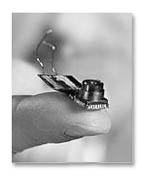 Tiny smartphone
Tiny smartphoneSensor size
Another important element that many photographers fail to think about is the size of the sensor. Cameras with smaller sensors are built with small lenses and therefore have relatively larger depth of field compared to a camera with a large or full-sized sensor.
Once you have your camera in hand you can't change the sensor, you can only use a different camera to influence the depth of field with respect to sensor size.
This is a limitation when the photographer wants to use selective focusing to emphasize only a certain area of the overall photograph.
This is really very important when you have a camera with a small sensor, such as a cell phone camera or a point and shoot camera. Then it's very difficult or impossible to take advantage of using a narrow depth of field to emphasize your subject. This is why professional photographers like cameras with full-sized sensors, they can achieve a shallow DOF.
more related DoF articles
What is Depth of Field? Read these several different definitions to give you a few unique ways to understand it's definition. Also why it is so important to consider when taking a photograph and a specific side by side demonstration with 3 different focus points.
Photo examples of different DOF. This article has several photo examples on the proper use of DOF to improve your photos. The photos are critiqued on how the lighting and composition are also considered when determining your camera settings.
Shallow DOF Examples. This page has a few more sample photos that show the importance of paying attention to Depth of Field.
Gallery of Deep DOF Photos. Large or deep DOF is often desirable in landscape photography. This page has a few more sample photos and corresponding critiques.
Comparison of subjects using both narrow and deep DOF. This post has diagrams showing 4 different shooting situations and how they affect the range of what's in sharp focus. Once you start paying attention to DOF, it becomes another factor that separates your photography from photos taken by the average beginning photographer.
related products
I had a very biased opinion against the Lensbaby and that was very foolish of me. It's actually a great creative tool that can have a big effect on your photos and the impact your photography can have on others.
I bought one and it's a lot of fun to play with.
And for you if you really want a deep understanding of the concept, desire to know how to control it, and improve your photography by mastering depth of field.
At the time of this post's most recent update, this book has a 5.0 star rating, the highest possible from those who have purchased it.
CLOSING comments on the importance of depth of field.
Depth of field is a principal aspect of photography that can be fun to play with. I purposely left numbers and calculations for exact depth of field distances out of this post. Numbers can take the enjoyment out of photography.
The best teacher is experience, so I recommend you experiment with the concept of changing the depth of field. Try different f/stops. Shoot at different distances. Play around with different zoom settings. The best thing about digital photography is there is no cost for shooting extra variations. The only investment is the time you can enjoy looking at your photos enlarged on your computer to see what in your photograph came out in focus.
If you found this post to be helpful, feel free to share it or enjoy other topics on my website by using the search box below.
Search for a new topic on this site:


ABOUT BRUCE LOVELACE
Bruce is the publisher of this website. He is the author of the book "Improve Your Photography Instantly." Read more on Bruce on his Bio Page. He's been known as The Traveling Photographer ever since 1994. Read more about this website.
View some of Bruce's photos on Instagram. Visit the Facebook Page. Watch him on YouTube. Bruce runs photo workshops for kids and adults, and provides one-on-one photography coaching.
Digital Photography Education Location on Google My Business

